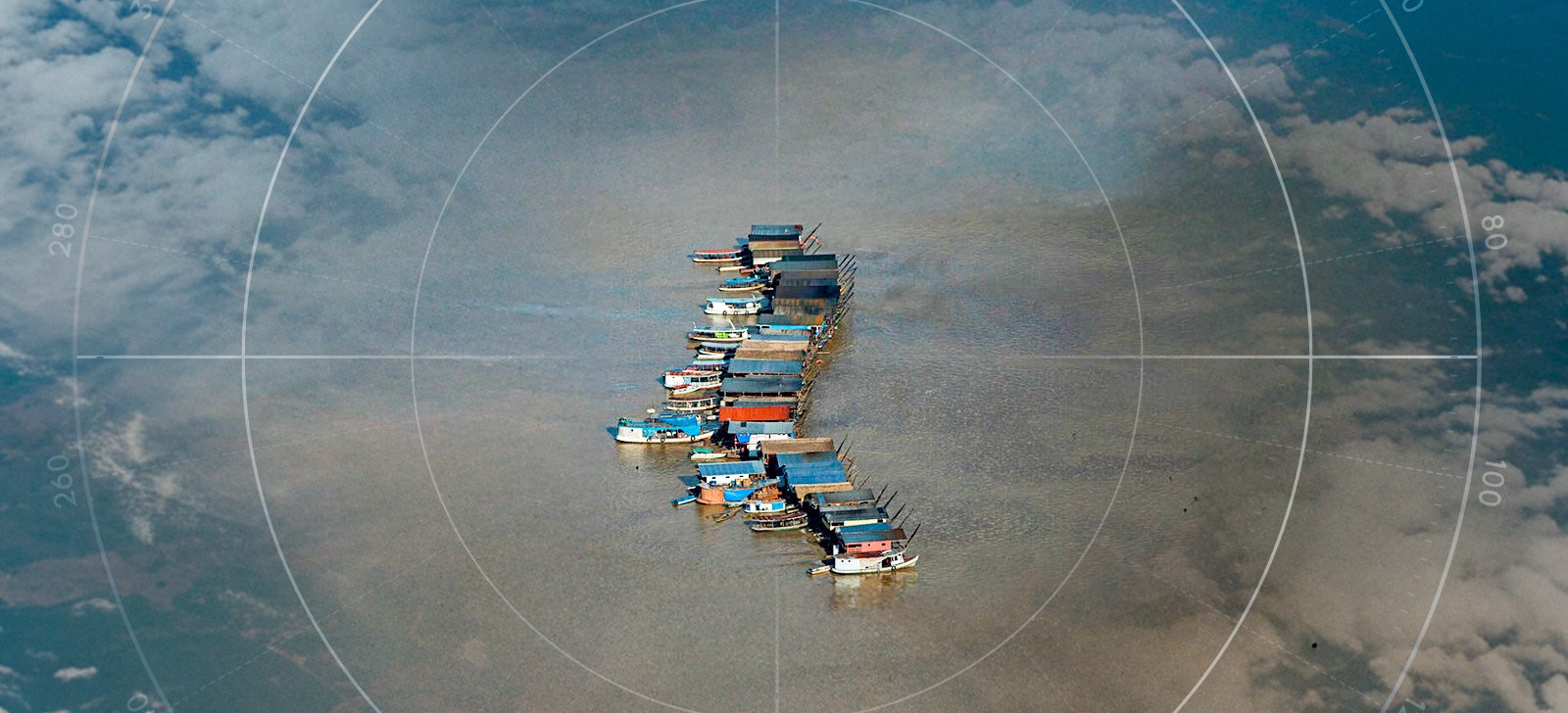Satellite captures 130 rafts in the Amazon and indicates resumption of illegal mining
04 de February de 2025

By Jadson Lima – From Cenarium
MANAUS (AM) – One hundred and sixty-five days after the largest operation against illegal mining on the Rio Madeira, located in the state of Amazonas, new records show the resumption of illegal activities. On Monday, the 3rd, the non-governmental organisation (NGO) Greenpeace warned about the return of mining in January this year and revealed that around 130 rafts are positioned along one of the largest tributaries of the Amazon River.
The illegal activities have been confirmed through alerts issued from different points along the Rio Madeira, between the municipalities of Novo Aripuanã and Humaitá, located 227 and 590 kilometres from Manaus, respectively. The monitoring was conducted between 10 and 22 January this year.
“The organisation warns that mining remains active and uncontrolled on the Rio Madeira,” denounced Greenpeace.

According to the NGO, seven alerts indicated that there are rafts in operational phases in the region. Another five referred to rafts in transit towards areas of illegal activity. The images were captured by a remote monitoring system developed by Greenpeace Brazil itself, which used SAR radar images via the Sentinel 1 satellite. The technology is effective for areas with high cloud cover, a characteristic of the Amazon.
Greenpeace also stated that the Rio Madeira is facing an epidemic of illegal gold exploitation. The illegal activities are driven by miners using rafts to dredge sediment from the riverbed. This measure destroys the riverbed, contaminates the waters, and affects riverside communities living in the region who depend on the river for their livelihood.
“The destruction caused by mining is sustained by a criminal chain that operates with total impunity. It is urgent that the Brazilian government adopts integrated policies that combine technology, efficient enforcement, and sustainable economic alternatives to protect our rivers and populations,” says Jorge Eduardo Dantas, spokesperson for the Indigenous Peoples’ Front of Greenpeace Brazil.

Largest operation
In August last year, several federal agencies launched an operation against illegal mining in the Rio Madeira basin, in Amazonas. The actions were coordinated by the Federal Police (PF) and supported by the National Foundation for Indigenous Peoples (Funai) and the Brazilian Institute of the Environment and Renewable Natural Resources (Ibama). In total, the operation destroyed around 460 rafts used for illegal mining.

At the time, the Ministry of Indigenous Peoples stated that the joint action identified that miners were forcing indigenous people to carry out labour analogous to slavery in one of the indigenous lands in the region. “In others, federal agents found that the criminals were paying negligible amounts for the communities to allow mining”, said the ministry in a statement.
After the operation, the Federal Police aimed to reach the financiers of the mining activities, advancing investigations into environmental crimes committed in the region. However, so far, there have been no further phases of police operations targeting the financial arm of these crimes. “The mining activity pollutes the river’s waters and causes environmental damage, resulting in a direct impact on the health and food security of the indigenous communities in the region”, said the MPI in a statement.
CENARIUM requested a statement from the Federal Police Superintendence in Amazonas for clarification on the planning of new operations to curb environmental crimes in the Rio Madeira region. The report also sought information from Ibama regarding actions to be undertaken following the resumption of illegal mining. So far, there has been no response.

